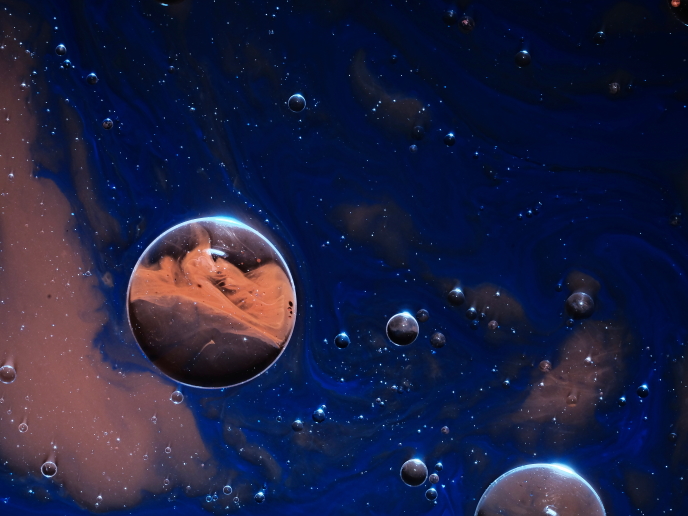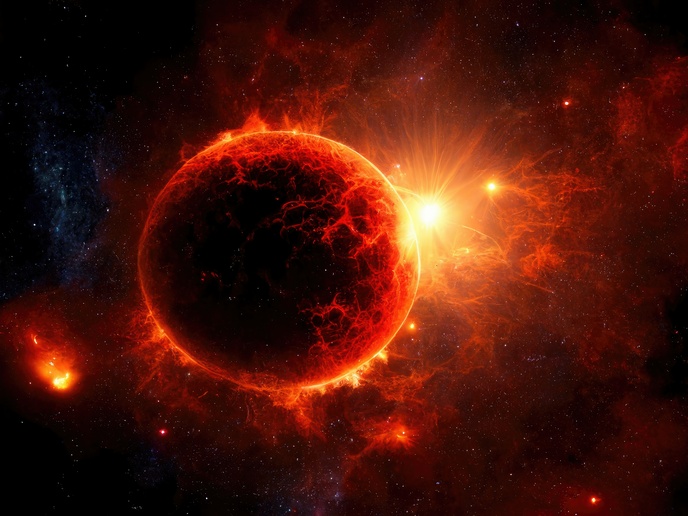Identifying the ingredients of the primordial soup
As far as we know, Earth is unique in hosting life. A better understanding of the chemistry of the early solar system could help us understand what makes it special, and also where we should look to find alien life forms. The EU-funded S4F(opens in new window) project took a look at developing stars to gain insights into the chemistry of the early solar system. “The overall background is to ask how planets outside our own solar system arise, and could life originate on any of them?” says project coordinator Jes Jørgensen. “We can see regions of space that are rich in complex organic molecules, and want to know if these are inherited down to the protoplanetary system.”
Spectral lines
To answer these questions, his team at the Niels Bohr Institute(opens in new window) turned to the Atacama Large Millimetre Array(opens in new window) (ALMA) in Chile. This telescope is capable of seeing the specific wavelengths of light emitted by molecules as they rotate and vibrate in space. Although 90 % of the interstellar medium is hydrogen, there is also carbon, nitrogen and oxygen present. “Each molecule has a unique fingerprint that you can match to measurements from laboratories on Earth,” explains Jørgensen. “In the dense region of the gas cloud that collapses into a star, complex chemistry takes place, and these elements settle on dust grains and form more complex species.” The team used ALMA to zoom in and study the warm gas close to young protostars, gas that may eventually develop into stars and planets like those found in our own solar system. Through these observations they built up a complete picture of what molecules are present there. This ranged from simple species such as water to organic molecules with 10-12 atoms that may be interstellar building blocks for biologically relevant molecules. “We can see what molecules are present, and in what abundances, and thereby obtain insights into how they form,” adds Jørgensen.
Time capsule
The project was supported by the European Research Council(opens in new window). “This enabled us to work with large data sets, it was a really big team effort to analyse them and understand them,” remarks Jørgensen. “None of it would have been possible without funding from the EU.” The data gathered by Jørgensen and his team was compared to evidence collected from comet 67P by ESA’s Rosetta(opens in new window) mission. Comets act like time capsules, allowing Jørgensen to see how similar the chemistry of our early solar system was to the protostars he investigated. “The degree of inheritance was very surprising,” he notes. “You can demonstrate that the chemistry of the early phases and the entire physical process has a direct imprint on our own solar system.” Ultimately the work should allow researchers to estimate the chemistry of exoplanets based on the material seen in the protostar stage of similar systems. The group are now examining a larger sample, looking at stars across a diverse range of environments, and questioning whether our own sun formed in isolation or as part of a cluster of stars. “All of those things could affect chemical composition, and might be inherited by our solar system and other planetary systems,” says Jørgensen.







